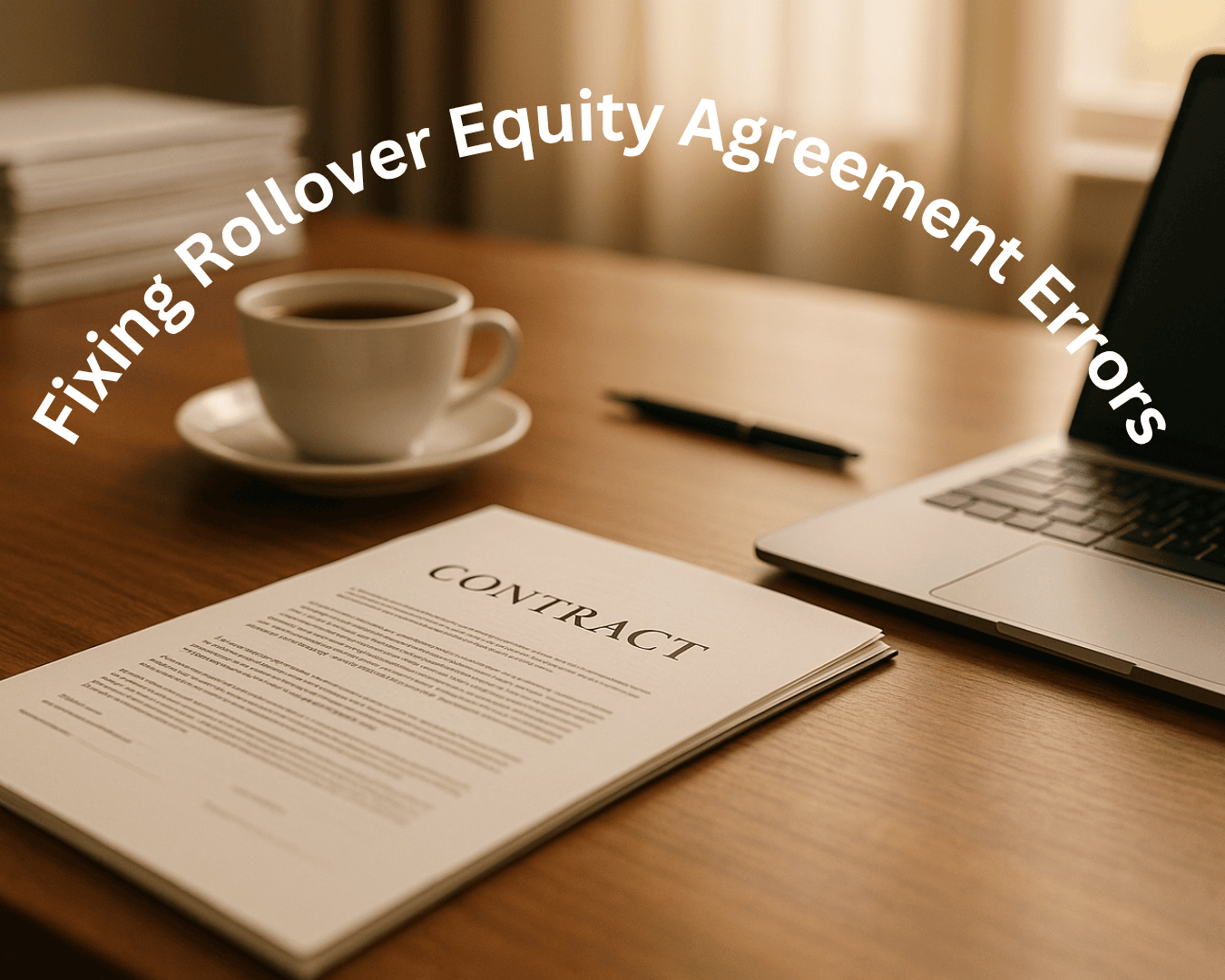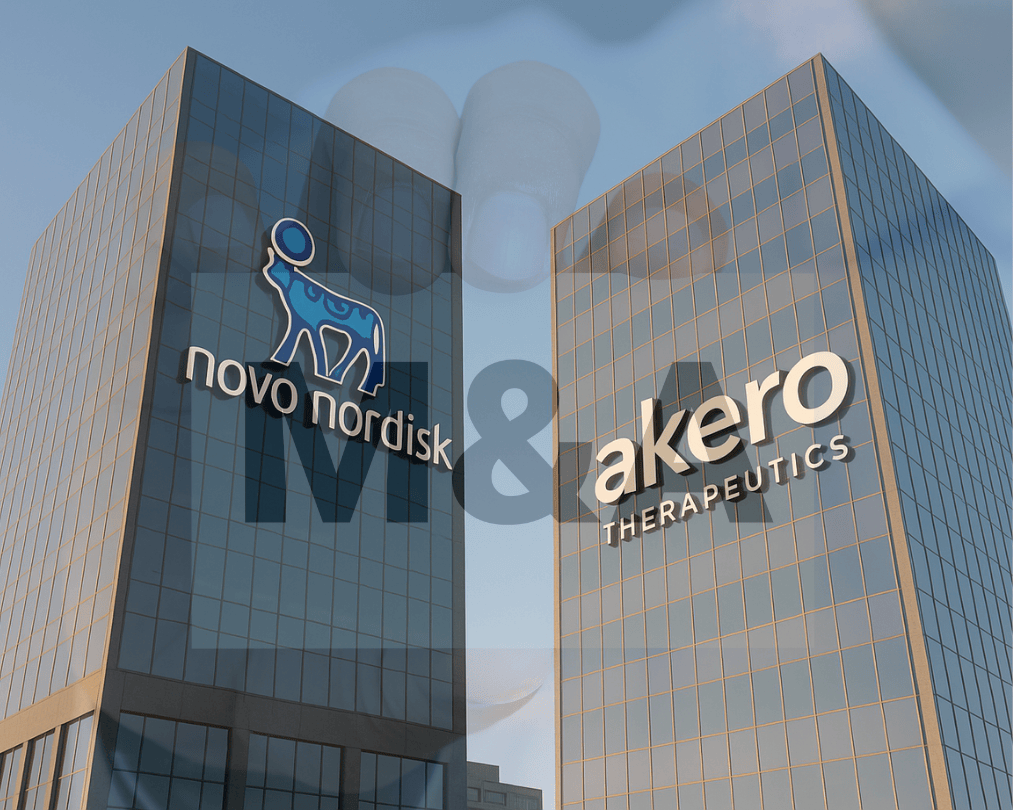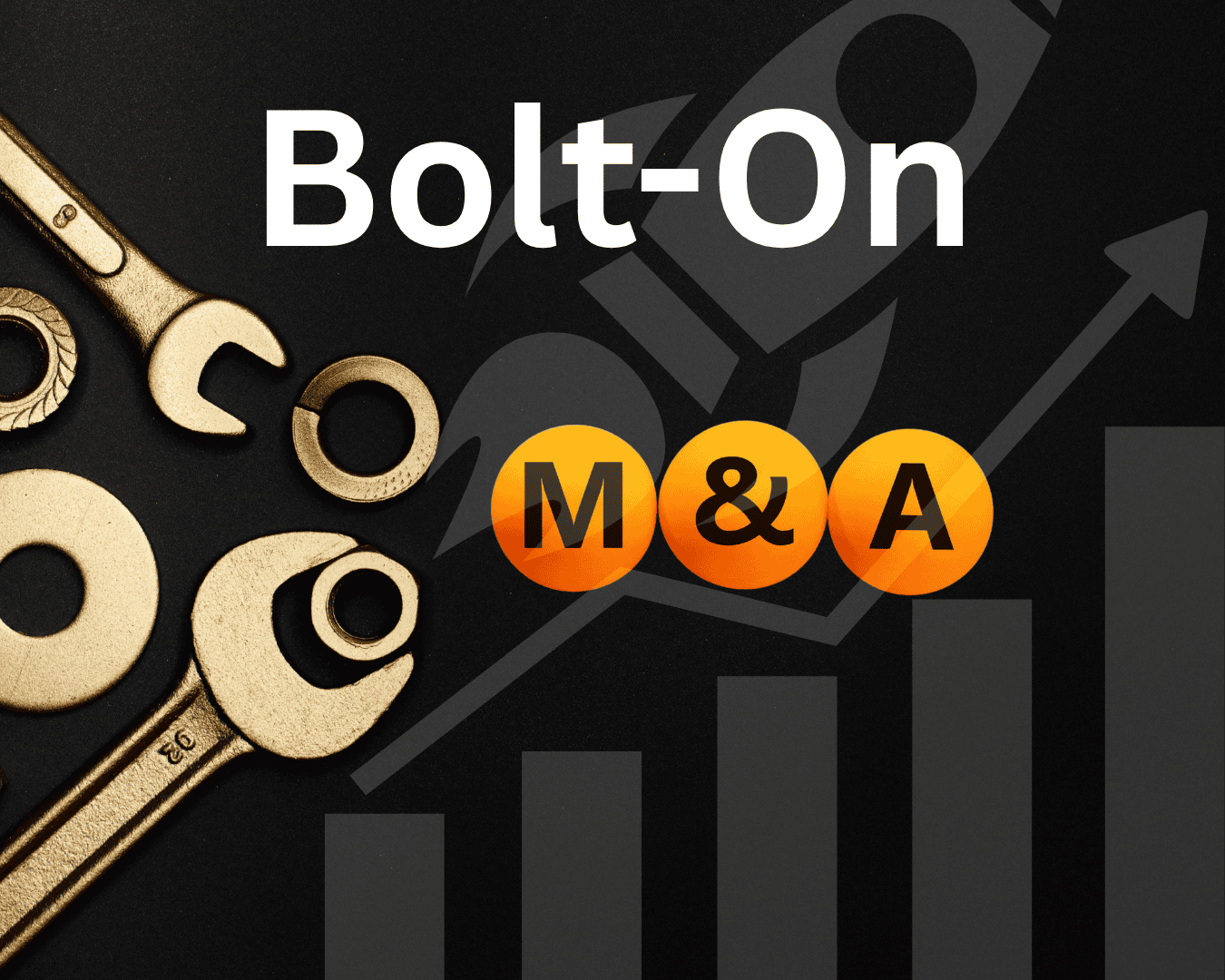Mergers and acquisitions (M&A) often fail - not because of financial missteps, but due to poor employee integration and retention. Up to 70% of deals fall short of their expected value, with key employees leaving and cultural clashes disrupting operations. The solution? A well-planned onboarding and retention strategy.
Here’s what works:
- Integration Management Office (IMO): Centralize coordination and communication.
- Phased Onboarding Timeline: Pre-close planning, Day One essentials, and long-term integration over 12–24 months.
- Leadership Involvement: Active participation builds trust and connection.
- Tailored Onboarding: Address individual needs, offer mentorship, and provide training.
- Employee Feedback Systems: Use surveys and check-ins to adapt and improve.
- Retention Strategies: Identify key employees, offer incentives, and prioritize open communication.
- Technology Tools: Automate tasks, provide self-service portals, and streamline processes.
Companies that focus on people - not just numbers - preserve talent, reduce turnover, and realize the full potential of their acquisitions.
HR's Role In M&A: Due Diligence, Culture, and Integration | with Diane Dooley
Planning Your M&A Onboarding Process
M&A onboarding requires careful preparation long before the deal is finalized. This process involves integrating teams who didn’t necessarily choose to join your organization, which makes thoughtful planning essential. A solid plan provides a clear roadmap, helping everyone navigate the transition with less friction. Let’s explore some key elements of a successful integration process.
Setting Up an Integration Management Office (IMO)
An Integration Management Office (IMO) acts as the command center for your M&A onboarding efforts. It oversees coordination, streamlines communication, and tracks progress. Without an IMO, teams risk working in silos, leading to misaligned timelines and mixed messages for employees.
To function effectively, the IMO should include representatives from critical departments like HR, IT, legal, finance, and operations. Leaders from both the acquiring and acquired companies should also be involved. The IMO’s responsibilities range from managing onboarding tasks to maintaining the integration timeline and ensuring changes are introduced at a manageable pace. One particularly effective tool is an impact heat map, which helps visualize how integration activities affect different employee groups. This insight allows for more thoughtful sequencing of changes.
Building Your Integration Timeline
The integration timeline is a strategic guide that organizes key onboarding steps into three distinct phases:
- Pre-close planning: This phase, which typically starts 60–90 days before the deal closes, focuses on legal compliance, communication strategies, and preparatory tasks.
- Day One activities: These are the immediate priorities post-close, such as legal transfers, benefits enrollment, system access setup, and welcome meetings. Keeping Day One focused on essentials avoids overwhelming employees with too much information at once.
- Ongoing integration: Spanning 12–24 months, this phase includes cultural alignment initiatives, skills training, performance evaluations, and fostering relationships across teams. Since M&A integrations rarely go exactly as planned, flexibility is key. Clear milestones - every 30 to 60 days - and regular check-ins (weekly at first, then bi-weekly or monthly as things stabilize) help address challenges before they escalate.
While a well-thought-out timeline sets the groundwork, it’s the involvement of leadership that truly drives the process forward.
Getting Leadership Involved in Onboarding
Leadership involvement is the cornerstone of effective M&A onboarding. It builds trust, establishes credibility, and helps new employees feel like they belong. Leaders from both sides must work together visibly and consistently to foster trust and commitment.
Active participation starts with planning. Leaders should clearly communicate the integration process, set priorities, and identify potential cultural hurdles. They can also flag key employees who might need extra support. Attending town halls, onboarding events, and other key meetings gives leaders the opportunity to address concerns and share updates directly.
Beyond formal events, leaders should engage informally - whether by visiting various locations or having casual conversations. These efforts help build connections and demonstrate a commitment to the integration. Celebrating small wins and adopting some practices from the acquired company can further strengthen a shared sense of identity. Additionally, empowering integration leaders with decision-making authority ensures issues are resolved quickly, without unnecessary delays.
For smaller businesses using platforms like Clearly Acquired, leadership involvement often feels more personal. Owners and executives in these scenarios typically have closer relationships with employees, making their active participation even more impactful for retention and morale.
Creating a Smooth Onboarding Experience
Once the planning phase wraps up and leadership is on the same page, it’s time to dive into execution. Onboarding employees from an acquired company is more delicate than bringing in standard new hires. These employees are often facing unexpected changes, making empathy, patience, and a tailored approach essential.
Why is this so crucial? Because up to 30% of employees are considered "flight risks" after a merger or acquisition (M&A). Effective onboarding can make all the difference - it’s been shown to cut attrition rates by up to 50% while boosting engagement and productivity. Let’s explore how to navigate cultural differences and create a smooth transition.
Managing Different Company Cultures
Cultural differences are one of the top reasons M&As fail. Successfully integrating these cultures isn’t about erasing one in favor of the other. Instead, the goal is to help employees adjust to their new environment while keeping the best parts of both organizations intact.
One effective strategy is assigning mentors to guide employees through the transition. Mentors can explain the unwritten rules, help them understand company norms, and foster connections within the workplace. Beyond mentorship, interactive training sessions on company values and norms, as well as informal events like mixers or Q&A sessions with leadership, can make cultural integration feel more natural.
Another powerful gesture is embracing and celebrating practices from the acquired company. For instance, if the acquired organization has a tradition or process that works well, adopting it can send a message of mutual respect. It shows that integration is a two-way street, not just a top-down directive.
Take Beatrice Foods as an example. In the 1980s, the company acquired brands like Samsonite and La Choy but allowed them to retain their own management, branding, and culture. This "stand-alone" approach caused minimal disruption and kept employee retention rates high. A thoughtful onboarding experience like this ensures employees feel valued and respected during the transition.
Customizing Onboarding for Each Employee
A one-size-fits-all onboarding approach just doesn’t work in an M&A scenario. Each employee brings unique concerns, skills, and experiences to the table. By personalizing the process, companies can improve satisfaction and reduce turnover.
Start by gathering insights about employees’ roles, backgrounds, and concerns through surveys or interviews. This step helps identify what each person needs to succeed. For example, some might require more training on new systems, while others may be eager to learn about career growth opportunities or navigate new reporting structures.
Streamlining administrative tasks is another way to enhance the onboarding experience. When employees can focus on building relationships from day one instead of getting bogged down with paperwork, they’re more likely to feel connected and engaged.
Providing individual mentorship or coaching beyond the initial orientation period can also make a big difference. This ongoing support helps employees tackle challenges and build meaningful relationships within the organization.
Setting Up Employee Feedback Systems
For M&A onboarding to succeed, it needs to evolve based on employee feedback. Regular surveys, pulse checks, and anonymous suggestion tools can provide real-time insights into how employees are adjusting. Digital platforms make it easier for HR teams to spot trends and address emerging concerns quickly.
Being proactive is key. Monthly pulse surveys, for example, can identify potential problems early. Asking specific questions - like whether employees feel supported, understand their roles, or are forming connections - helps pinpoint areas for improvement.
Transparency is just as important. Sharing feedback results and explaining the actions taken, even if not all concerns can be resolved immediately, builds trust and shows employees that their input matters.
And don’t stop after the first few weeks. Extending the feedback process over a full year has proven benefits. Research shows that year-long onboarding can improve retention by 25% and boost performance by up to 11%. Regular check-ins during this time help address new challenges and maintain engagement as employees settle into their roles.
The real power of feedback lies in using it to make timely adjustments. By reviewing results often and refining the onboarding process, companies can ensure every employee’s transition feels smooth, supportive, and ultimately successful.
Keeping Your Best Employees After M&A
Once you’ve successfully onboarded your new team, the next challenge is keeping your top performers engaged and committed. To do this, leaders need to stay actively involved well beyond the initial integration phase, focusing on maintaining trust and addressing any concerns that arise along the way.
Identifying and Prioritizing Key Employees
The first step in retaining your best talent is figuring out who they are. Evaluate employees based on their unique skills, client relationships, institutional knowledge, and leadership potential. Create a tiered system to categorize employees as critical, important, or standard contributors. Critical employees are those whose loss would have a major impact on operations or revenue, and they should be your top priority. For these individuals, document their specific contributions - whether it’s managing key accounts or holding specialized technical knowledge - to justify tailored retention efforts.
Providing Incentives and Career Growth
Retention strategies should go beyond a simple pay raise. Offer personalized packages that might include retention bonuses, fast-tracked promotions, or expanded responsibilities. For leadership roles, consider long-term incentives like stock options or equity participation to deepen their commitment. Career growth is equally important - show employees a clear path forward by creating roles that utilize their strengths and provide greater influence within the organization. Investing in their development through training programs, conference opportunities, or executive mentorship further demonstrates that their growth is a priority.
Building Trust Through Open Communication
Transparent communication is key to keeping employees engaged and reducing uncertainty. Go beyond standard performance reviews by scheduling regular one-on-one meetings with key team members - monthly check-ins during the first year can help address concerns before they escalate. Share updates about company performance, integration progress, and future goals to make employees feel included in the organization’s vision. Use multiple communication channels, such as town halls or anonymous feedback tools, to give employees a comfortable way to express concerns. When issues arise, tackle them directly to prevent rumors from spreading. Celebrate successes and publicly acknowledge the contributions of acquired employees to reinforce their value to the team.
sbb-itb-a3ef7c1
Using Technology for Onboarding and Retention
Technology has become an essential tool for streamlining M&A onboarding processes while keeping employees engaged and productive. By leveraging the right digital tools, HR teams can focus on the human aspects of integration without worrying about administrative tasks slipping through the cracks.
Automating Onboarding Tasks
Automated onboarding platforms take over repetitive tasks, giving integration teams room to focus on more strategic responsibilities. These systems handle digital paperwork, set up IT access, integrate payroll systems, and deliver compliance training modules - all without requiring manual intervention. This automation can reduce HR workloads by up to 10%, which is the equivalent of saving four full-time administrative roles.
The benefits of automated onboarding go beyond saving time. It reduces errors by 34%, increases new hire productivity by 25% within the first three months, and cuts onboarding time by up to half. For example, a mid-sized healthcare company used a cloud-based onboarding platform to integrate 120 newly acquired employees in just seven days instead of the usual 21. This resulted in a 30% increase in satisfaction and a 15% decrease in voluntary turnover over six months.
The key to success lies in selecting systems that integrate seamlessly with your existing HR technology. Look for platforms that can pre-fill forms, assign training modules based on role and location, and sync with payroll and benefits systems. These features minimize data entry errors, ensuring new employees can hit the ground running without unnecessary delays or frustrations.
Once the administrative work is automated, HR teams can shift their attention to providing tailored support for employees during the transition.
Providing Employee Support Resources
Unanswered questions can disrupt the onboarding process, leaving employees feeling frustrated and disconnected. Digital support resources, such as IT help desks, knowledge bases, and self-service portals, can address technical and procedural issues quickly, easing the anxiety that often accompanies integration.
Having 24/7 access to knowledge bases, live chat support, and ticketing systems ensures that employees can resolve even complex issues without delay. Resource centers can include FAQs, video tutorials, and forums where employees can seek peer support.
The most effective support systems anticipate common questions and provide clear, accessible answers. For instance, searchable databases can cover topics like password resets, benefits enrollment, parking policies, and expense reporting. Video tutorials are particularly useful for explaining intricate processes, as employees can learn at their own pace and revisit the material as needed.
Dedicated communication channels, such as Slack for IT questions or Teams for HR concerns, can further streamline issue resolution. These channels, combined with searchable FAQs and tutorials, foster a sense of community and ensure that employees get the help they need from the right experts.
Tracking Results and Making Improvements
Measuring the success of M&A onboarding and retention is essential to pinpoint what’s working and what needs attention. Without clear metrics, integration challenges can easily go unnoticed.
Important Metrics to Track
One of the clearest indicators of onboarding success is voluntary employee turnover. Research highlights that 20% of employee turnover happens within the first 45 days following a merger or acquisition. Keeping an eye on early voluntary departures can help identify potential retention risks.
Another valuable measure is employee engagement. Regular pulse surveys can provide insight into motivation levels during the integration process. Companies with effective onboarding strategies often report engagement scores exceeding 70% within six months of an acquisition.
Time-to-productivity is another critical metric. This measures how quickly employees, whether new or integrated, reach their expected performance levels. Ideally, most roles should hit full productivity within 60–90 days. Role-specific training programs can accelerate this process by up to 30%.
Retention of key talent is especially important. The aim should be to retain 80–90% of these critical employees. Other metrics to monitor include participation rates in onboarding activities, feedback on the onboarding process, and absenteeism during the initial months - since high absenteeism may signal stress or disengagement.
| Metric Category | Specific Measurement | Target Benchmark | Review Frequency |
|---|---|---|---|
| Retention | Voluntary turnover of key talent | 10–20% maximum | Monthly for first 6 months |
| Engagement | Employee satisfaction scores | Above 70% | Quarterly pulse surveys |
| Productivity | Time to reach full performance | 60–90 days by role | Monthly tracking |
These metrics provide a foundation for refining and improving your integration process.
Making Ongoing Improvements
Once you’ve identified key metrics, the next step is using the data proactively. Metrics are only meaningful if they lead to actionable improvements. Leading organizations set up regular review cycles - monthly for the first six months, then quarterly thereafter[13, 6]. These sessions should involve HR, integration managers, and representatives from both legacy and acquired teams.
To gather actionable insights, use tools like pulse surveys and focus groups. Anonymous surveys often encourage more candid feedback, while one-on-one manager check-ins can uncover individual employee concerns. Some companies also leverage digital suggestion boxes and feedback platforms to collect real-time ideas for improvement[13, 5].
For example, during Salesforce’s 2019 acquisition of Tableau, the company tracked metrics like engagement scores, turnover rates, and participation in integration workshops. When data revealed lower engagement in certain departments, Salesforce introduced mentorship programs and increased communication efforts. These changes resulted in an 18% drop in first-year voluntary turnover and a 22% boost in cross-team collaboration scores [Salesforce M&A Integration Case Study, 2020].
Implementing feedback is key to building trust and engagement. When employees see their input lead to tangible changes, they’re more likely to stay engaged and participate in future feedback efforts. Transparency is critical - explain how specific suggestions were turned into actions to reinforce trust and encourage ongoing participation.
Before rolling out new initiatives company-wide, pilot them with smaller groups. For instance, if exit interviews reveal employees feel disconnected from the company culture, test a cultural integration program within one department. If successful, expand it across the organization.
Set SMART goals (Specific, Measurable, Achievable, Relevant, Time-bound) for each improvement effort. Rather than broadly aiming to "improve communication", set a clear target like "increasing weekly manager check-ins from 60% to 85% participation within three months." This clarity makes tracking progress and making adjustments much easier.
Leadership involvement is crucial. When executives actively participate in reviewing results and championing changes, it demonstrates a commitment to employee well-being and the overall success of the integration[2, 6]. This kind of visible support not only boosts morale but also reinforces the strategies needed to make the integration process as smooth as possible.
Conclusion: Building Long-Term M&A Success
At the heart of any successful merger or acquisition are the people who bring it to life. Onboarding and retention aren't just administrative tasks - they're the backbone of achieving real M&A success.
Getting it right starts with early planning, engaged leadership, and a thoughtful approach to workplace dynamics. Even something as simple as the words you use during onboarding can make a difference. For instance, framing the process as "inviting" new team members rather than "acquiring" them can shape how they view their role in the newly combined organization, fostering a sense of inclusion and belonging.
Technology also plays a critical role, simplifying the integration process by taking care of repetitive administrative work. This allows your team to focus on what matters most: building human connections. Tools like Clearly Acquired offer essential support, providing secure data rooms, deal management solutions, and educational resources to help navigate the complexities of M&A transitions with greater ease.
When you combine thoughtful onboarding with the right technology and empathetic leadership, you're setting the stage for long-term success. Assigning culture buddies, celebrating proven practices, and maintaining open communication can help build trust and strengthen bonds. Retaining key employees and reducing the time it takes for teams to reach full productivity are tangible wins that directly contribute to achieving the strategic goals behind the acquisition.
While the M&A landscape will undoubtedly continue to shift, one truth remains constant: people make deals work. Prioritize onboarding and retention, and you’ll transform challenging transitions into opportunities for enduring success.
FAQs
What are the best practices for managing cultural differences during an M&A integration?
Managing differences in workplace culture during an M&A integration calls for a careful and deliberate strategy to ease the transition. Begin by assessing how the two cultures align early in the process. This helps pinpoint potential friction points and areas where the two organizations naturally complement each other.
Next, establish a transparent communication plan to keep employees informed, address their concerns, and set clear expectations. Open and honest communication can go a long way in reducing uncertainty and building trust.
Offering cross-cultural training is another effective step. This helps employees from both sides develop mutual understanding and empathy, which can ease collaboration and reduce misunderstandings.
Ultimately, aim to build a unified company culture that honors and blends the core values of both organizations. A shared culture can encourage teamwork and create a sense of belonging, helping everyone work toward common goals.
How does leadership impact onboarding and employee retention during mergers and acquisitions?
When it comes to mergers and acquisitions, leadership plays a critical role in shaping how effectively teams are onboarded and retained. Strong leaders establish the tone for change, build trust, and ensure clear communication to align everyone with the new goals and vision.
By focusing on open communication, providing meaningful support, and leveraging data to guide decisions, leaders can help make the transition smoother for employees. This approach not only improves morale but also enhances long-term engagement and retention, paving the way for a successful integration.















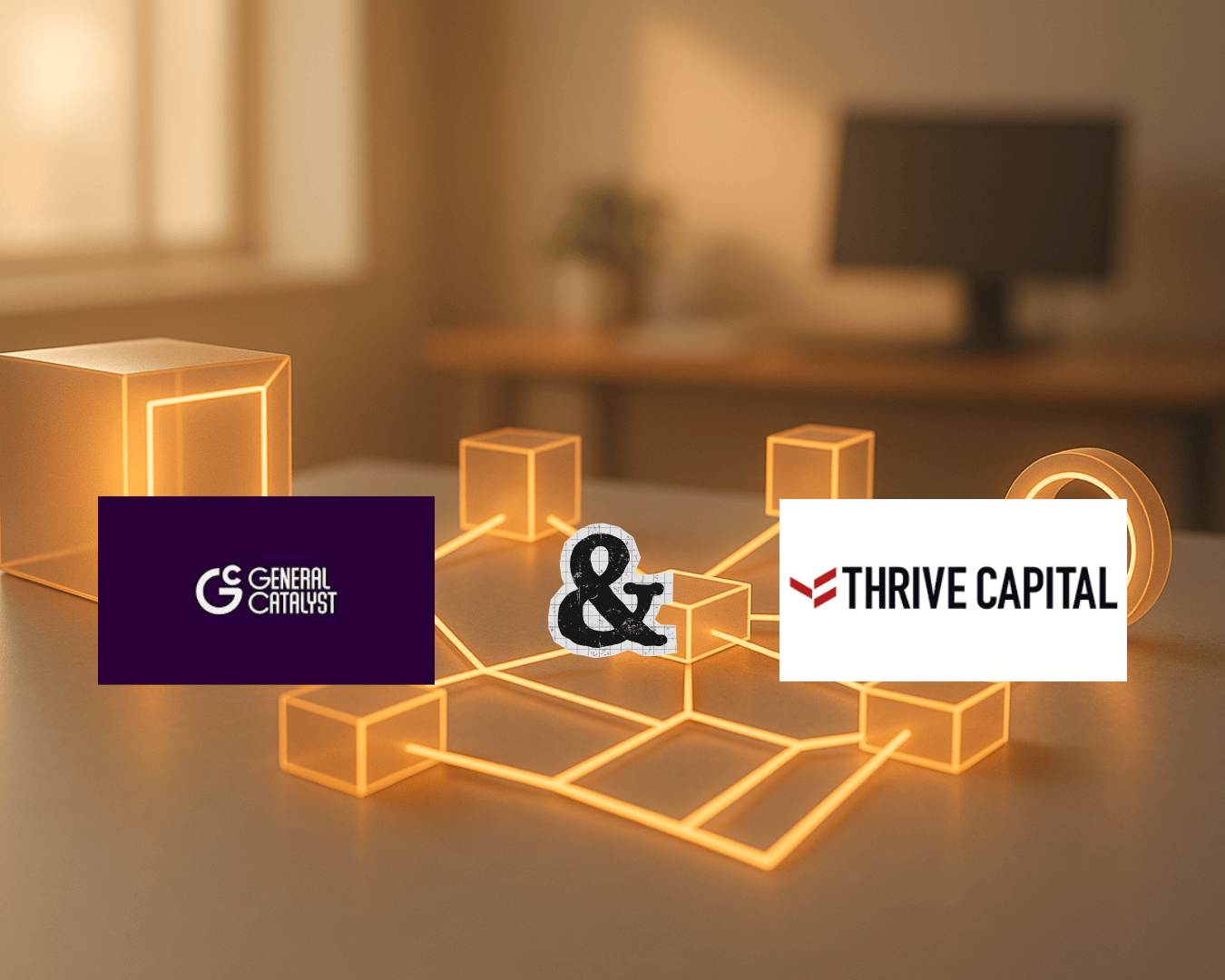











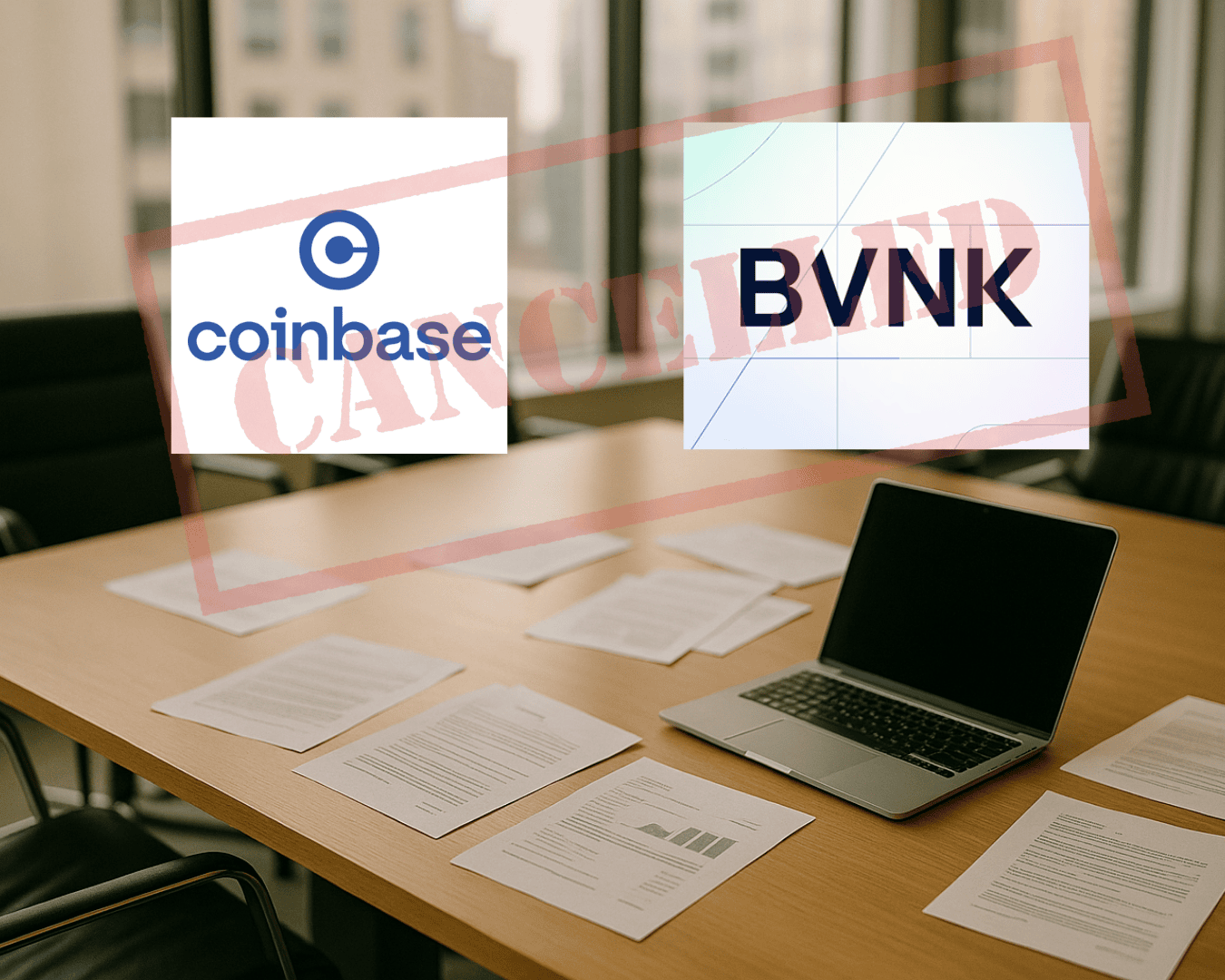









.png)




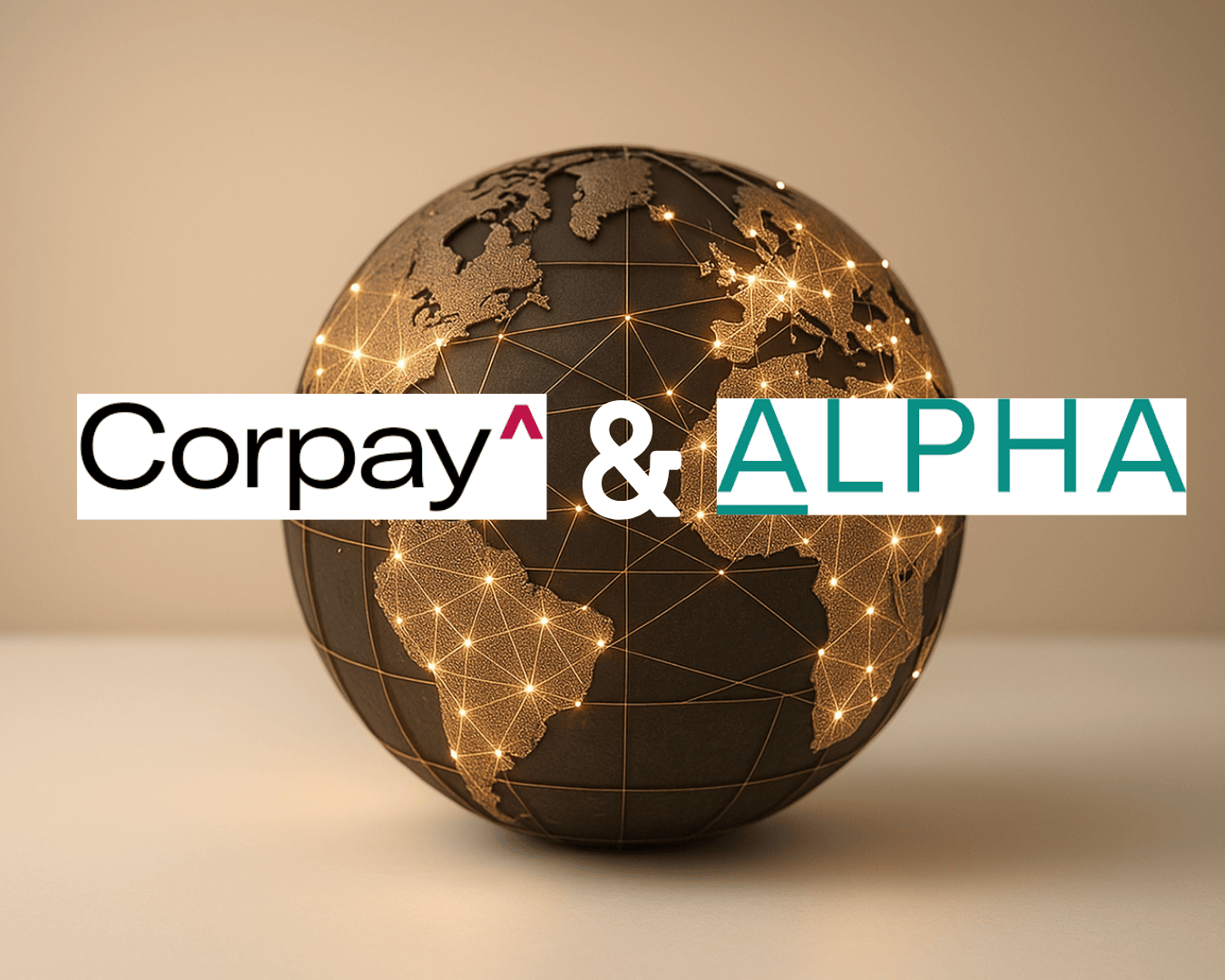























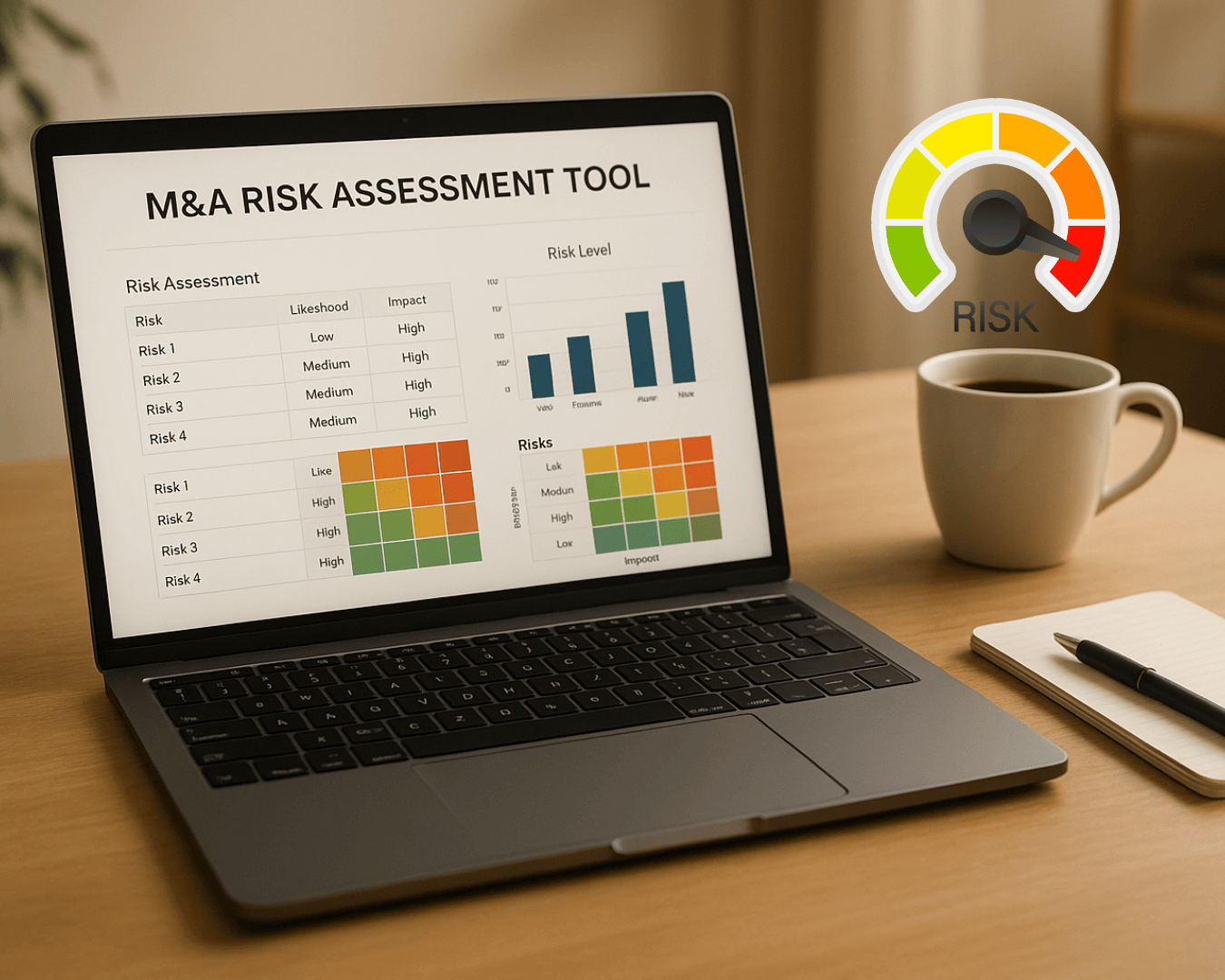











%20Loan%20Application%20Checklist.png)
